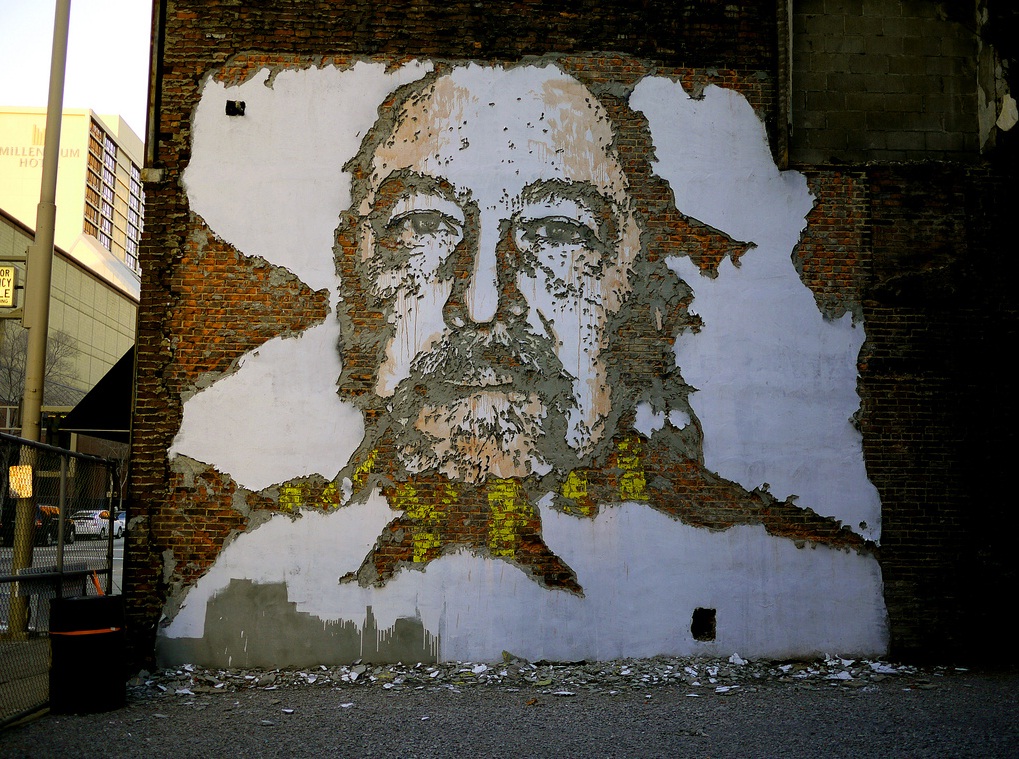With new businesses and the Smale Riverfront Park opening last week, it seems that downtown is finally becoming the place to live, work and play city leaders have long envisioned. Unfortunately, despite the many signs of progress, some of downtown’s distinct historic fabric continues to be threatened by the wrecking ball.
Last year, the owner of 309 W. Fifth Street demolished a building next to Mainstay Rock Bar in favor of a parking lot. Now the neighboring building, which was meant to be served by this new parking lot, has been demolished in spite of opposition from the city’s Historic Conservation Board.
Not only was the demolition opposed by the Historic Conservation Board, but it was also opposed by Cincinnati Preservation Association (CPA). The reason the demolition is allowed to move forward, however, is due to a successful appeal to the Zoning Board of Appeals (ZBA), which stated that the justification for the tear down was economic hardship.
The use of “economic hardship” as a justification for the demolition of historic structures is a common one, according to local preservationists.

The demolition of 305 W. Fifth Street made way for a parking lot, and this exposed wall that was later turned into a mural. Photograph courtesy of 5chw4r7z.
“CPA and many other advocates spoke out against the demolition because the building is contributing, and is a significant structure with development potential,” stated Margo Warminski, Preservation Director of CPA. “The building next door is under renovation, and there are already two vacant lots on the block.”
Warminski says that 305-309 W Fifth Street LLC, claimed the building’s poor condition and costly repairs made it not viable for office use. She also stated that other potential uses, like residential apartments, were not explored in great depth by the owner. It is expected that the LLC owning the property will soon apply for a variance that would allow the construction a landscaped surface parking lot in the historic building’s place.
According to preservationists, the problem with tearing down this structure goes beyond the immediate loss of the historic building. The demolished building shares a common wall with the neighboring building which is currently being renovated, and engineers and insurance agents are already assessing the potential damage the demolition may have caused to the neighboring building.
Similar Story on Main Street
Five blocks east, on Main Street, the former Bay Horse Café building faces demolition under similar circumstances. Situated in the Main Street Historic District, the demolition permit must first be reviewed by the Historic Conservation Board and if denied could be appealed to the Zoning Board of Appeals. A meeting date has yet to be set for the demolition proposal.
The building owner of the Horse Bay Café building says that trucks loading and unloading equipment sometimes hit and damage the building, and thus needs to be demolished. Evidence of this can be seen from the partially damaged storefront cornice, but an independent site analysis, performed by UrbanCincy, found that a wider alley accessible off from Sixth Street is commonly blocked by parked cars. Should the parked cars be prevented from blocking the alley, it could serve as an easy remedy to the problem and would avoid demolition of yet another historic building within a historic district.
Despite these recent setbacks, Warminski is optimistic because the city’s preservation ordinance is currently being revised and strengthened. The revised ordinance, Warminski claims, will include stricter criteria when using “economic hardship” as the case for demolition.
Private options, such as OTR ADOPT may not work in downtown because of high property values, but getting information out on vacant and distressed downtown property may help potential buyers looking for historic renovation projects. A strategy being pursued in Philadelphia is similar to OTR ADOPT, and aspires to help transfer property from owners who want to demolish to owners who want to restore. But ultimately, it may come down to a more engaged public, and more preservation-minded city staff.
“Get the facts, turn out, speak up, and share information in a timely manner,” Warminski exclaimed when asked what people can do to help prevent additional demolitions of historic buildings. “When controversial issues come up it’s important to show City boards that people are interested and are following what is going on.”
